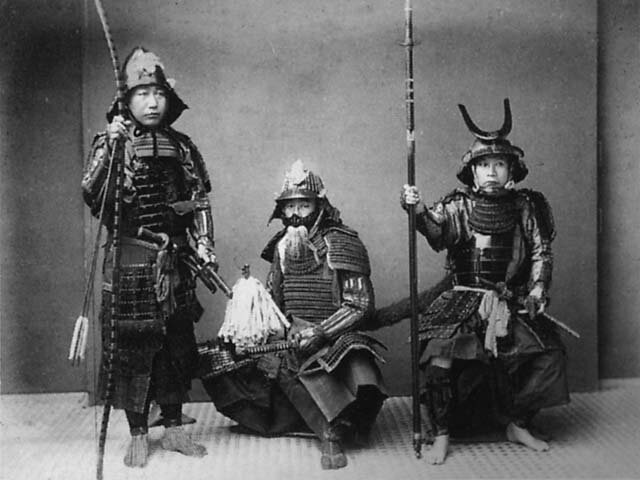
What is Ju Jitsu?
“Ju Jitsu is considered to be a mother art”
Jujitsu originated in Japan in the 1500's though it does not get commonly mentioned as Jujitsu until around the 1600's. It was a general term to describe a wide variety of hand to hand combat techniques for use on the battlefield. All modern martial arts of Japanese origin (except for Karate) can trace their roots back to these early forms. Jujitsu translates roughly as soft technique or gentle art. Many schools (Ryu) practicing jujutsu developed over time. One of the better-known being Daito-ryu (Great Eastern School) Aiki-jujutsu which claims to have a lineage dating back over hundreds of years. The one thing to emphasise is the use of the kanji, Ju (柔). This means soft or supple and refers to a non-reliance on strength alone. Aiki (合気) translates roughly as harmonious spirit and emphasises the blending and flowing movement used in technique.
This emphasis on lack of strength is demonstrated by the fact that in Japan Samurai wives were expected to defend the family and household and used many of the same unarmed techniques as used by the men. In some instances, they also fought on the battlefield with men and were then known as On'nabugeisha (martial woman).
During the Meiji period martial arts again went through a period of reform. This reform was driven primarily by Japan needing to modernise. As part of this modernisation a reform of the armed forces took place turning it from what was essentially a feudal, medieval fighting force into a modern army. Part of this reform was a review and reforming of unarmed combat which with the advent of modern weapons became less significant. Modern Jujitsu or Judo (the distinction between the two was virtually non-existent in Japan in 1900) was the chosen form for unarmed combat for the armed forces. Some of the subtlety and skill gained over time that had existed prior to these reforms was abandoned in this modernisation. The requirement was for a quick and efficient training system for troops that met the requirements of the growing nationalism of Japan. The original emphasis on softness has become lost over time and now most sport forms of Jujutsu and Judo place reliance on size and strength combined with techniques developed in the reform period. Akira Fujimori Shihan stated that if the techniques used could not be done by women, the young and the old effectively then they were not being done correctly. His training is based on the older styles and techniques that were largely abandoned in the late 19th Century. He has combined these with a set of ethics more appropriate to the modern era.
